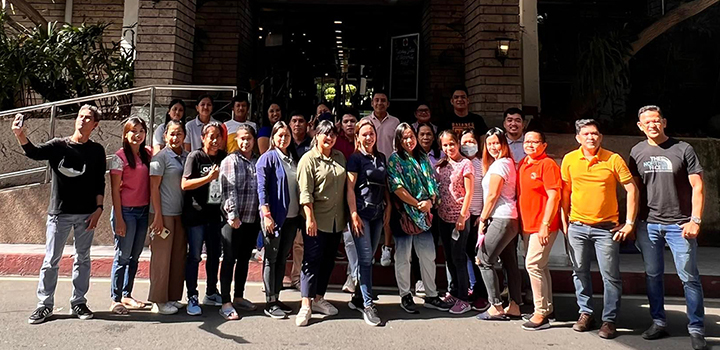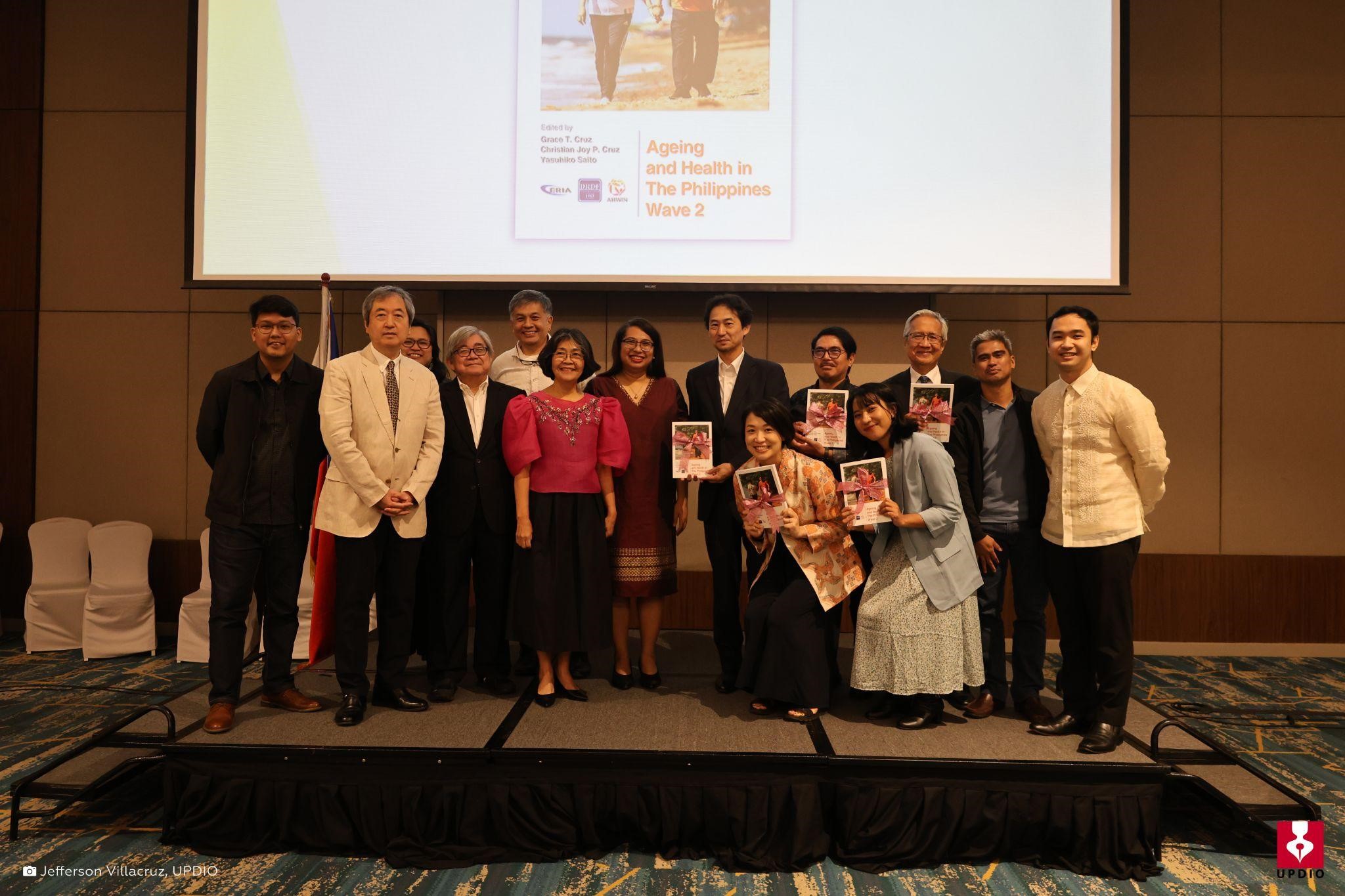
At the same time where the country implements its agenda and strategies for the attainment of the Sustainable Development Goals (SDG), it’s “youth bulge” in population (15-29 years old) is also expected to peak. This creates an opportunity for economic growth, if young people reaching the working age would be fit enough and capable, given the right environment and support to enhance their productivity.
To understand how the SDG agenda will contribute to the welfare of the young population, the United Nations Population Fund (UNFPA), the National Economic and Development Authority (NEDA), and the Philippine Statistics Authority (PSA) conceptualized the Longitudinal Cohort Study on the Girl and Boy Child, determining how the lives of Filipino ten year old boys and girls change as our government implements the SDG agenda in the next 15 years.
Designed as a prospective cohort study on a nationally representative sample, repeat survey rounds are scheduled that will cover significant milestones in the lives of the cohort participants from age 10 thru 24, alongside various stages of the SDG agenda implementation.
A total of 4,952 households with 10-year-old children selected across the country were included in its baseline study, and a total of 2,000 households are expected to be retained at its endline by 2030.
The study’s overall implementation is directed by the University of San Carlos – Office of Population Studies (OPS), and different organizations were partnered to handle data collection on each of the country’s three major islands. The Demographic Researach and Development Foundation, Inc. was tasked to handle data collection for the households in Luzon, while the Center for Social Research and Education will handle Visayas and the Research Institute for Mindanao Culture on Mindanao.
The baseline study’s data collection shall commence on September 2016, and is expected to run for a total of three (3) months.




